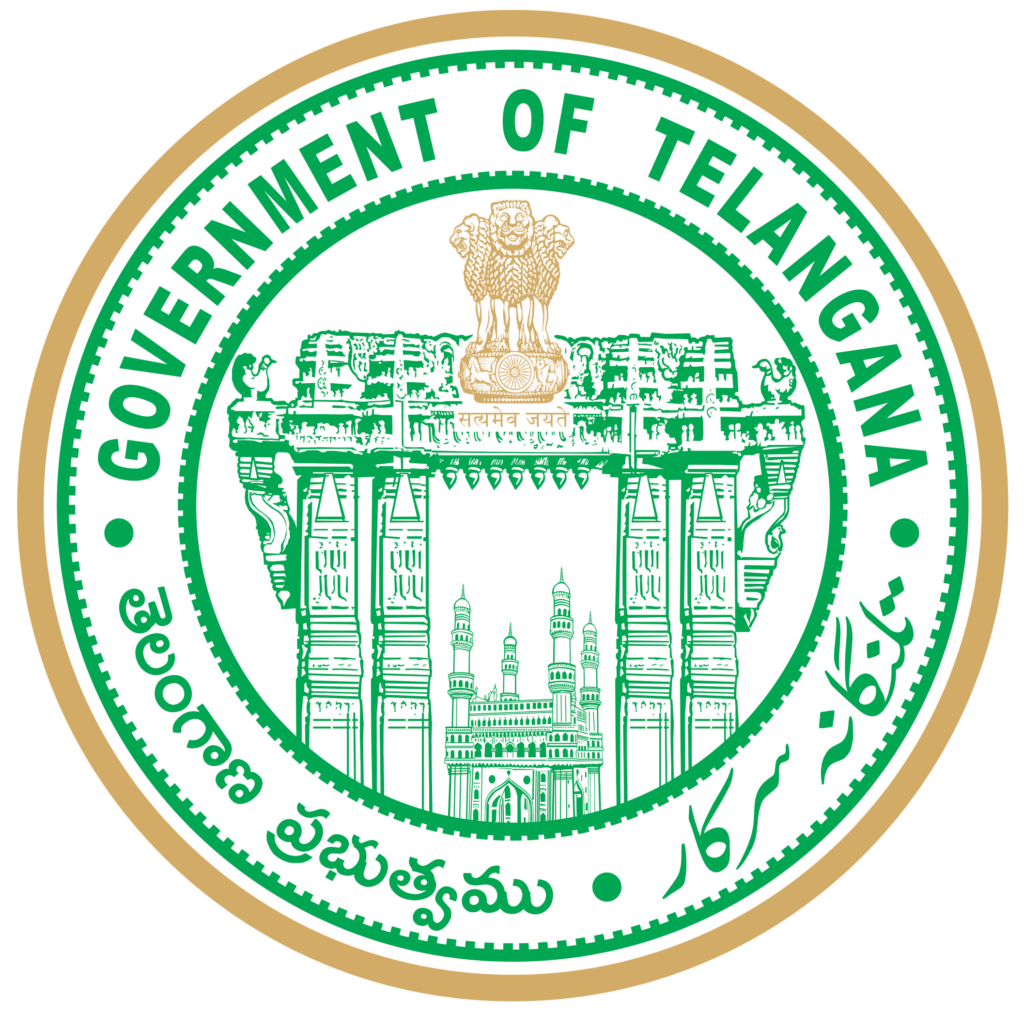Water is life! International community has declared clean drinking water as a human right long back. Yet, lack of drinking water is a common sight in our state and country.
Even though two perennial rivers flow across the state, the tragedy is, most of Telangana state does not have access to clean drinking water.
To change this situation, the Telangana government, under the able leadership of CM Sri K Chandrashekar Rao, has designed the Telangana Water Grid – a mammoth project intended to provide a sustainable and permanent solution to the drinking water woes.
The objective of Telangana Water Grid is to provide 100 liters of clean drinking water per person in rural households and 150 liters per person in urban households. This project aims to provide water to about 25000 rural habitations and 67 urban habitations.
The inspiration
Chief Minister Sri K Chandrashekar Rao drew inspiration for the Telangana Water Grid, from the success of another project that he himself conceived and executed, while he was the MLA for Siddipet Assembly Constituency.
The Siddipet Drinking Water Project, which was the brainchild of Sri K Chandrashekar Rao took shape in 1996-97. The project, which costed Rs 60 Crores involved lifting water from Lower Manair Dam and supplying it to every household in about 180 villages in Siddipet constituency. The successful implementation of this project and the glitch-free operation from past two decades, is a testimony to the vision and foresight of our beloved CM.
The Water Grid Concept
The Telangana Water Grid would depend on water resources available in Krishna & Godavari – two perennial rivers flowing through the state. A total of 34 TMC of water from Godavari river and 21.5 TMC from Krishna river would be utilized for the water grid. Plans are ready to use water from Srisailam, Sriram Sagar Project, Komuram Bheem Project, Paleru Reservoir, Jurala Dam, Nizam Sagar Project. This scientifically designed project intends to use the natural gradient wherever possible and pump water where necessary and supply water through pipelines. The state-level grid will comprise of a total of 26 internal grids.
The main trunk pipelines of this project would run about 5000 KM, and the secondary pipelines running a length of about 50000 KM would be used to fill service tanks in habitations. From here the village-level pipeline network of about 75,000 KM would be used to provide clean drinking water to households.
A Smart Water Grid
The state government will be using latest technology for the proposed Water Grid project. Advanced Light Detection and Ranging (LIDAR) technology would be utilized for a detailed survey of the Water Grid. Lightweight aircrafts will be engaged for aerial survey. IT and Panchayat Raj Minister KT Rama Rao informed the media that the Telangana state government will also use hydraulic modelling software for determining the size of water pipelines, pumping capacity and height to which water would be pumped. Along with this, software tools like surge analysis and smart flow would be used to resolve any problems that arise in distribution of water. CM K Chandrashekar Rao would be personally monitoring the entire Water Grid project works from Secretariat through System Control and Data Access (SCDA) technology.
The state government intends to adopt international standards in execution of this project. To improve coordination and optimize resources, the government would follow a turn-key model where the organizations executing the project would be responsible for its maintenance too.
